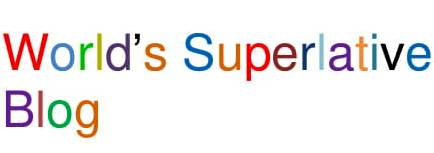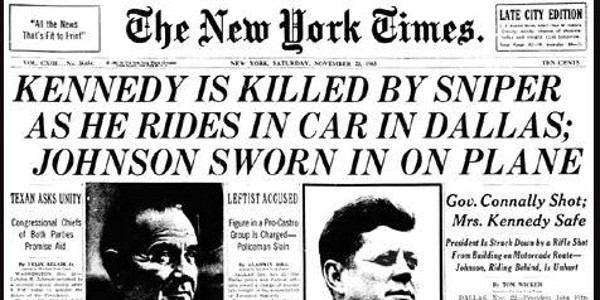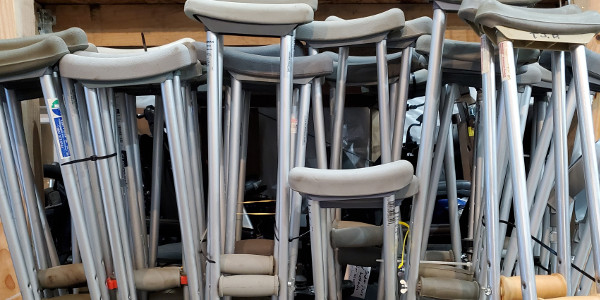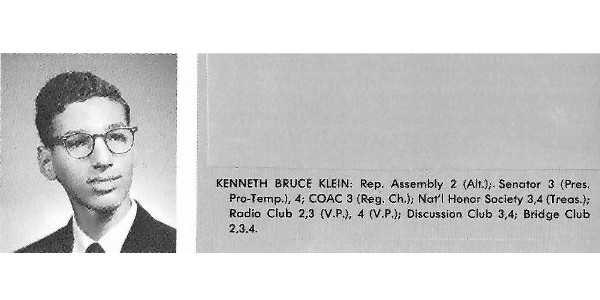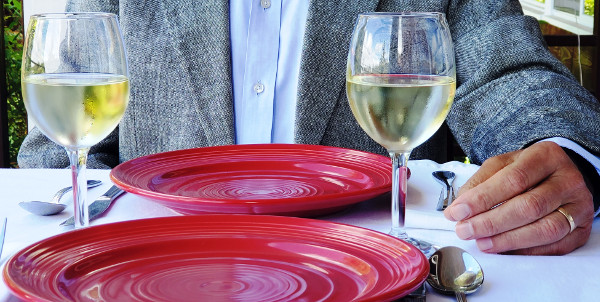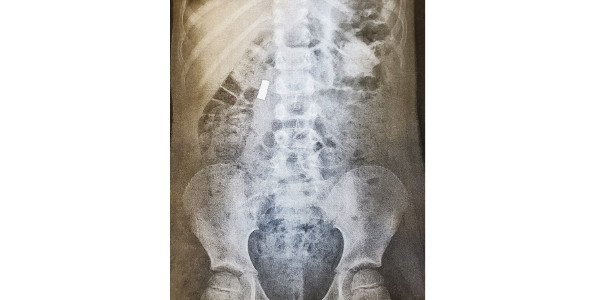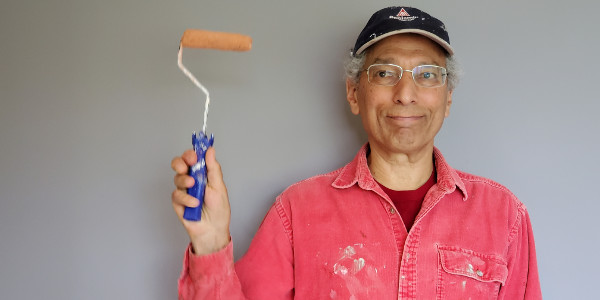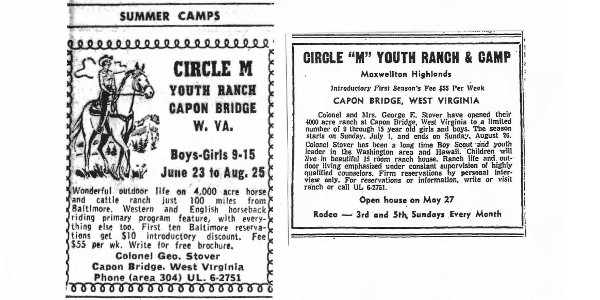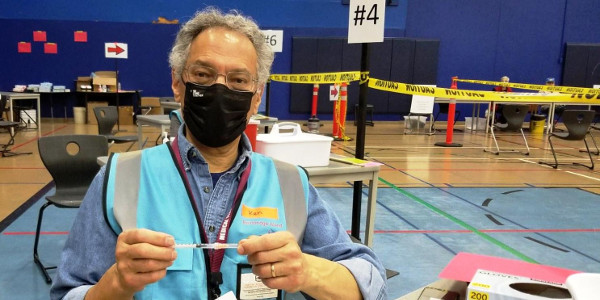JGK and JFK
After a long illness my mother, Joyce Gale Klein, died on Halloween, 1963. I was fourteen years old. When trick-or-treaters came that evening I remember feeling great embarrassment when my father answered the door and said, “We’ve had a death in the family, so we’re not giving out candy tonight.”
I couldn’t understand why he didn’t simply put up a sign, or just ignore the doorbell. But he greeted the trick-or-treaters every time the bell rang. As he gave his little speech the little ghosts and cowboys and witches peered in, and saw me sitting numbly in the kitchen. Hearing my father tell them the news, especially while they could see me, was strangely humiliating.
My father kept me home from school for a few days, then I returned to my classes. I felt self-conscious, alone, and different. Did my teachers and my classmates know that I no longer had a mother? If so, how did they feel about it? I had no clue. A few well-meaning friends approached me with awkward sympathy, which provided no comfort. No one told me they knew how I felt. How could they?—as far as I knew none of them had lost a parent, or even a pet.
One day, while walking home from the bus stop after school, I passed a neighbor’s house. The mother, wearing an apron and holding something she’d just taken out of the oven, was on the front porch waiting for her kid from the same bus. Rather than feeling sad when I saw her, I felt like a freak. I suspect that my sadness was so deeply buried that I wasn’t even in touch with it.
Three weeks after my mother’s death, on Friday November 22nd at 1:30, the speaker in our classroom came on with a crackle. It was a radio station; a reporter was talking with tension and urgency. We dumbfoundedly looked at the teacher and tried to understand what was going on, but she looked as confused as we were. Soon it became clear that President Kennedy had been shot. Shortly after that the choked up reporter announced that the president was dead. We sat in utter silence, not knowing what to say or do. I think we were sent home early.
My feelings were complicated. This new and unexpected death of course resonated with the death of my mother, making the assassination even more intense and personal. But, strangely, there was solace too. Now it wasn’t only me; everyone was grieving a profound loss. There was comfort in knowing that I was no longer a freak–others were experiencing something similar to what I was, and feeling the way I felt. It wasn’t schadenfreude—I certainly wasn’t gloating that everyone else was sad too. I guess it was more like misery-loves-company: I felt newly connected to my classmates, who were now also touched by a death. It was a sort of circumstantially-induced mass empathy.
Roughly speaking, empathy is sharing someone else’s feelings or experiences, then reflecting it back to them. The goal is to provide comfort to someone who is hurting. It’s a hard skill to master, and even harder to apply appropriately.
While in medical school I witnessed one of the most ham-fisted attempts at empathy I could imagine. It was during my obstetrics rotation. My instructor was examining a young primip in hard labor. She was afraid, in pain, and screaming. The obstetrician paternally patted her shoulder and said, “I’m sorry this is so rough, dear. But I know just how you feel; I was with my wife for the birth of all three of our kids.” I suspect this gave the poor woman as much comfort as it would have if he’d said “Buck up, honey, it’s not so bad.”
Insensitive attempts at empathy are worse than saying nothing. For example, after I had a bike crash and busted up my right hand, I went around with a brace and protective glove. People frequently asked me what happened. After I told them the story, almost inevitably the kindhearted questioner would start a monologue about their own bike crash–what was injured, how much it hurt, how long it took to recover. So even though they shared a similar experience and reflected it back to me, it was all about them. This wasn’t empathy, at least not useful empathy, and it certainly didn’t make me feel better. If anything, it made me feel worse, since most of the bike-induced injuries I was told about took forever to heal. Almost no one said something straightforward like, “So sorry to hear about your injury; I crashed my bike once, and I know it really sucks!” That really might have helped.
Comforting someone with emotional pain is even more challenging than with physical pain. People in emotional pain are sensitive and particularly vulnerable. Connecting with them can be challenging, and since each person’s need for solace is unique it can be easy to get wrong. Perhaps sometimes the best way to communicate caring is to gently say “I’m so sorry.” Or to just sit silently with them.
And even if it’s well-administered, not everyone welcomes empathy. Like after my mother died. I wanted to be left alone, to be numb. Or maybe to grieve. I don’t think even a gentle “I’m really sorry about your loss” would have helped. But as was true for me, I think almost everyone would be comforted, at least a little, by simply knowing that someone else had experienced something similar, like the death of the president.
